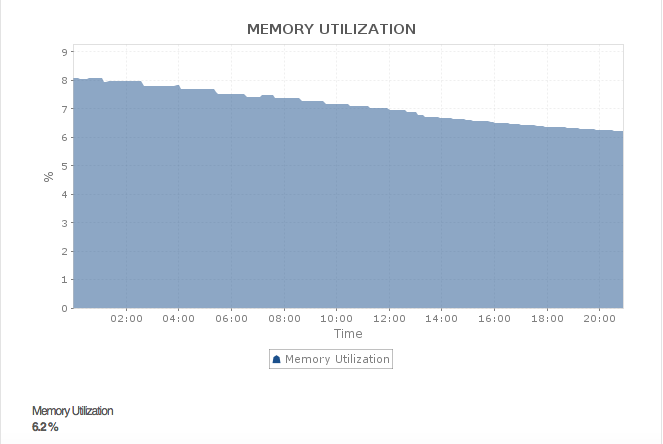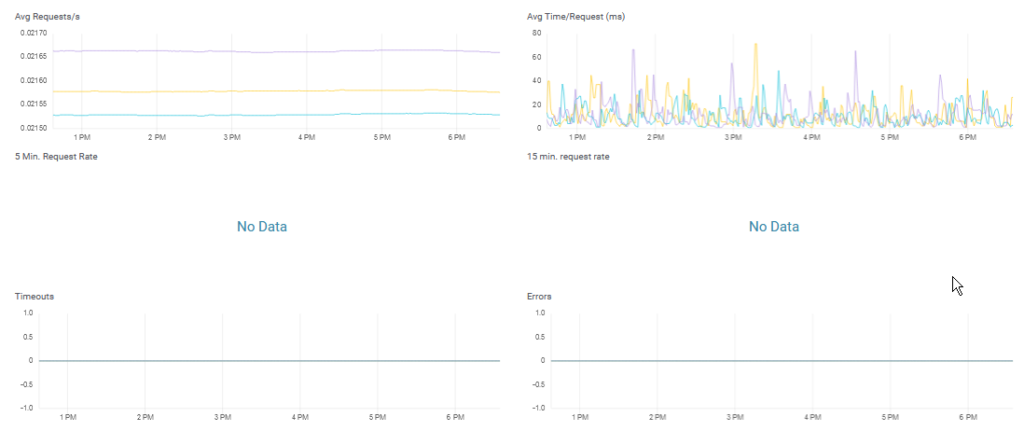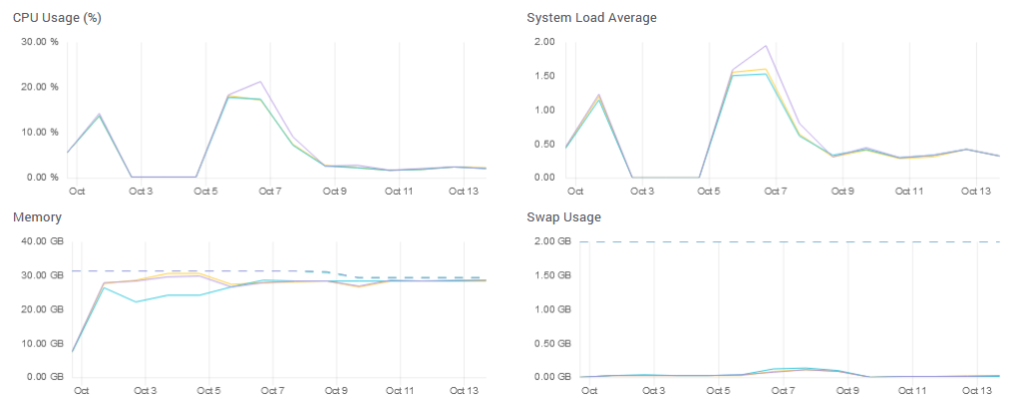

The graph below shows a deployment with an observable Solr backup that started at 10am and temporarily consumes disk space until the backup was migrated into a blob storage for longer retention. In addition to backups, log expansion and index segmentation require additional disk space.Īs a best practice, SearchStax recommends selecting a deployment plan size with three times the amount of disk space that you expect the Solr indexes to occupy. Backups are taken on disk locally before they get exported to blob storage in the specified cloud region. If your project has business requirements for periodic backups, then additional disk space is required. Before adding more disk space, you need to understand what is consuming space on your disk storage and analyze why additional space is recommended. Clearing unneeded index data is encouraged, but SearchStax also provides the option to purchase additional disk space if needed. SearchStax recommends configuring alerts and taking action if Disk Usage reaches 80% of the threshold.
#Solr jvm memory monitor free
Disk Usageĭisk Usage is another critical metric to track and understand as high Disk Usage (or its inverse, Free Disk Space) can result in corrupted files, high error rates and general system instability. We would conclude that the plan size for this deployment is suitable for the project’s needs at this time. When the System Load Average is higher than your system configuration’s intended limit, processes will get backed up and they have a cumulative impact on system performance.įor our test deployment with 1 vCPU, while the System Load Average does occasionally spike above 1, the overall load is very sustainable as processes remain backed up only briefly. System Load Average can spike briefly above your configuration’s designed limit, but if your system sustains System Load Average above the intended threshold then performance impact is likely observable in the performance of your application. As shown below, this deployment has 1 vCPU. You can view the vCPUs for your deployment from the Solr Admin Interface – JVM > Processors. The number of virtual central processing units (vCPUs) available provides context into how sustainable the System Load Average is in its current state. To understand System Load Average, you need to be familiar with the configuration of the Deployment you are analyzing.

System Load Average metrics are commonly intertwined with the CPU Usage graph in Pulse. The graph below depicts JVM Heap Memory consumption with the resource threshold being depicted with a dotted line at the top of the x-axis.
#Solr jvm memory monitor upgrade
If high JVM Heap Memory consumption persists, you may need to optimize how the application is making requests to Solr and possibly upgrade the size of your Solr deployment.

Corrective actions can include pausing or throttling the indexing processes from your application or, if Solr is running in a clustered topology, restarting nodes one at a time to rebalance consumption to avoid any system downtime. We recommend configuring JVM Heap Memory alerts and taking action if JVM Heap Memory reaches an 80% threshold. Understanding JVM Heap Memory as a standalone metric is important because running out of it will cause Solr to reach an Out-Of-Memory (OOM) state and cause a loss of the Solr service. Let’s dive into the four critical metrics for monitoring the health of your Solr deployment:Īs a Java application, Solr consumes JVM Heap Memory and consumption is typically observed in a zigzag pattern. For increased flexibility, you can also define the time frame and frequency of the performance graphs. Pulse allows users to monitor the health of a Solr deployment using real-time and historical statistical graphs of critical Solr server and JVM metrics. The screenshots in this blog post come from the Pulse feature of SearchStax Managed Solr.

To optimize Solr server performance, you need to monitor the right metrics for Solr health that will deliver insights into Solr implementation and quickly identify when things are getting out of whack.Ī Solr monitoring system enables you to gather and analyze statistics, and visualize metrics, events, logs, and traces in real time. If you use Apache Solr for your website or application, you know that it is important to monitor the Solr health of your deployment in order to ensure that your system is running smoothly.


 0 kommentar(er)
0 kommentar(er)
